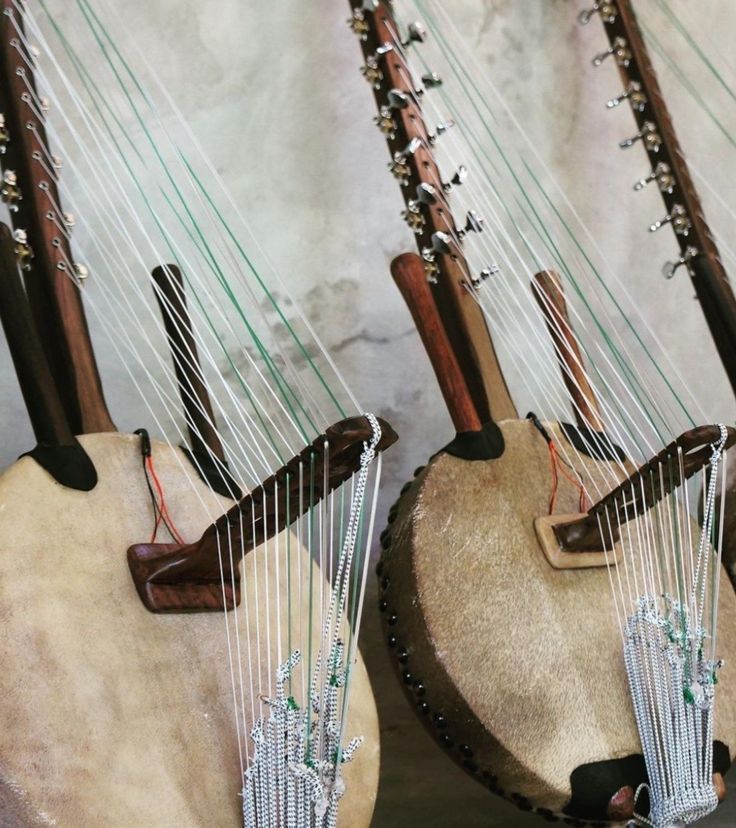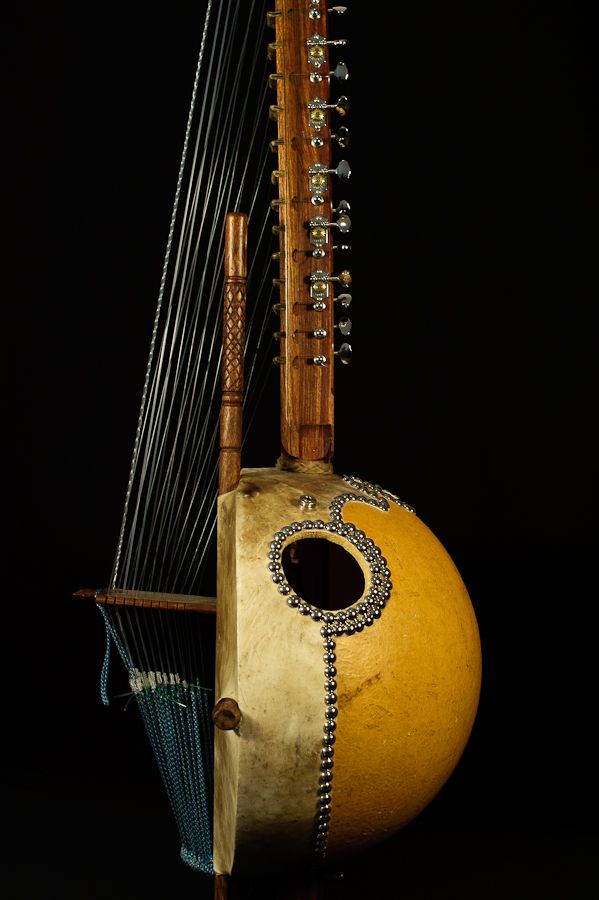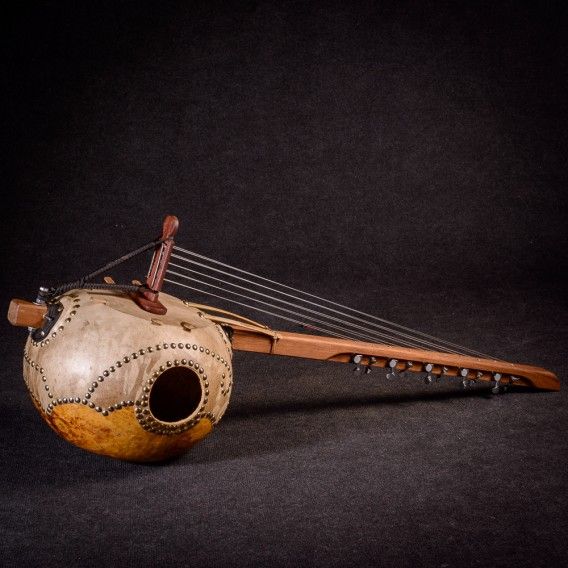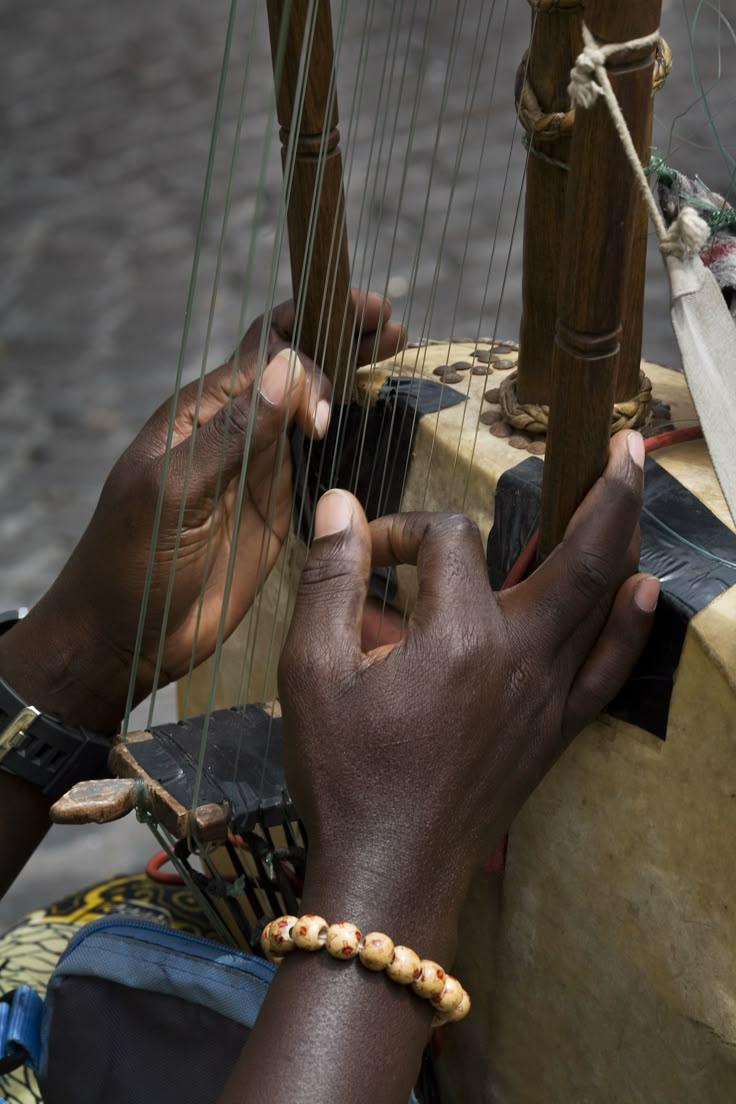
The kora is one of the most mesmerizing and sophisticated musical instruments in the world. A hallmark of West African heritage, the kora is a 21-stringed instrument that bridges the worlds of harp, lute, and bridge-harp in both form and sound. With its cascading, ethereal tones and intricate playing technique, the kora occupies a sacred space in the musical traditions of the Mandinka people, and its hauntingly beautiful sound continues to captivate global audiences.

The instrument is traditionally associated with the griot (jeli) caste – hereditary musicians, historians, and storytellers responsible for preserving and transmitting oral histories across generations. According to legend, Jali Mady Wuleng Cissoko was the first person to play the kora, and the first piece ever performed on it was "Kelefaba", a song still regarded as foundational in the kora repertoire.
Though deeply rooted in Malian, Gambian, Senegalese, and Guinean culture, the influence of the kora has spread throughout West Africa and beyond, representing a profound expression of identity, memory, and spiritual connection. It's a 21-stringed, harp-like instrument, constructed from a large calabash gourd and a long wooden neck, with strings traditionally made of antelope hide but now often replaced with nylon.

What makes the kora unique is its bilateral playing technique. The musician plucks the strings using the thumb and forefinger of both hands while gripping the hand posts on either side of the neck. This allows for polyphonic textures and complex interlocking rhythms. The kora is far more than a musical instrument—it is a vessel of history, used to accompany epic tales, praise songs, and moral teachings. Griots would sing of ancestral lineages, battles, and local legends, all while weaving together intricate melodic patterns on the kora.

In many communities, the kora is believed to possess spiritual power. It is often played at ceremonial events, including births, weddings, and funerals, where its music serves to connect the physical and spiritual worlds. Its sound is often described as hypnotic, meditative, and transcendental. Though once confined largely to griot families in West Africa, the kora has achieved increasing international acclaim. Artists such as Toumani Diabaté, Ballaké Sissoko, and Seckou Keita have introduced the instrument to global audiences through collaborations with Western classical, jazz, and pop musicians. One notable recent example is the album "African Rhapsodies" by Seckou Keita in collaboration with the BBC Concert Orchestra. This groundbreaking project beautifully fuses the intricate melodies of the kora with sweeping orchestral arrangements, demonstrating how this ancient instrument can adapt to and elevate contemporary music genres.

The kora is a story, a philosophy, and a living link to Africa’s musical soul. Its warm, cascading tones continue to inspire musicians and listeners around the world. As it finds new life in global fusion projects and mainstream music, the kora stands as a testament to the enduring beauty and relevance of Africa’s cultural heritage and with more platforms embracing diverse sounds, now is the time to elevate the kora’s visibility and cement its place as one of the world’s most expressive and enchanting musical instruments.
